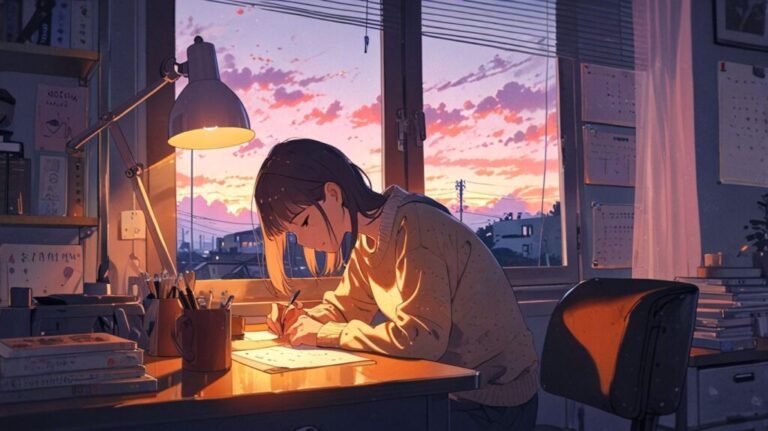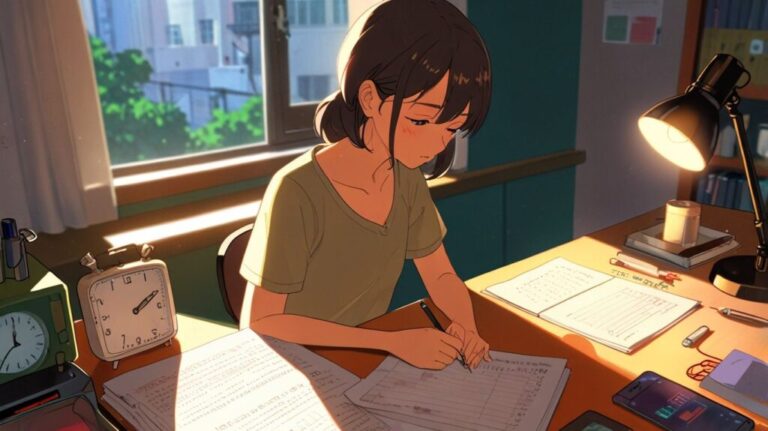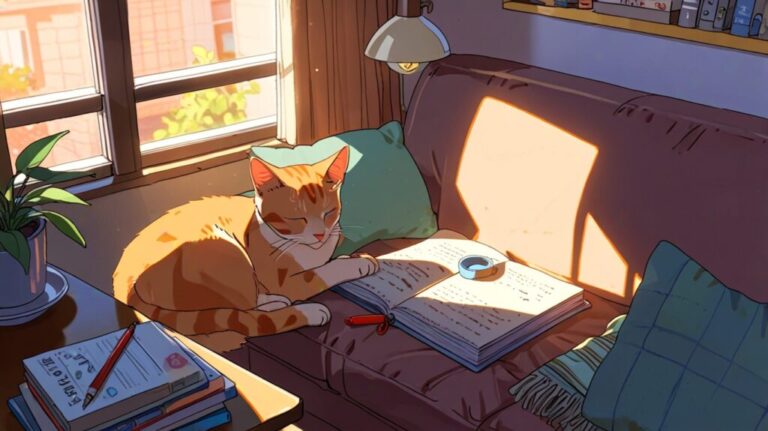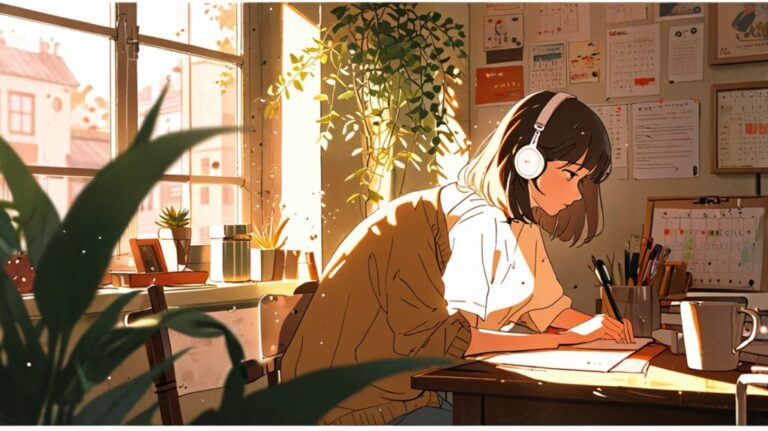What if students designed their own curriculum?
What If Students Designed Their Own Curriculum?
Okay, hear me out… what if students actually got to decide what they learned in school?
I know—it sounds wild, maybe even a little dangerous to some teachers. Like, imagine a classroom where instead of being handed a fixed syllabus and told “this is what you must know,” students said:
“Here’s what I want to learn—and here’s why it matters to me.”
It’s one of those ideas that sounds like a dream at first, then kind of scary, then actually kind of genius if you think about it longer. So let’s do that—let’s think about it longer.
Let’s talk about what might happen if students designed their own curriculum: the chaos, the creativity, the breakthroughs, and the surprising truths about how learning could actually work better.
🧠 First, Why Would Anyone Even Want This?
Let’s be honest. A lot of students today feel like:
- They’re learning stuff they’ll never use
- Their personal interests are ignored
- School is a box they have to survive, not a place to grow
Giving students the chance to design their own learning path is about flipping the system on its head. It’s about asking:
“What happens when you trust young people to guide their own education?”
And the answer might be… a lot more good than we expect.
💡 The Good Stuff: Why This Idea Has Serious Potential
1. ✨ Students Would Actually Be Engaged
Imagine being in a class where you get to say:
“I want to build a video game.”
“I want to study how protests change laws.”
“I want to learn the science behind anxiety.”
“I want to start a small business.”
Suddenly, school wouldn’t feel like a chore. It would feel like a mission.
When students care about what they’re learning, they go deep. They stop asking, “Is this on the test?” and start asking, “How can I make this better?”
2. 🎯 Real-World Skills Would Come Into Focus
Let’s be honest—how many of us were taught how to:
- File taxes
- Manage our mental health
- Start a project
- Pitch an idea
- Solve a real-world problem?
If students designed their own curriculum, we’d probably see more:
- Financial literacy
- Emotional intelligence
- Creative problem-solving
- Digital skills (coding, design, content creation)
- Social justice and global issues
Because that’s the stuff students feel the need for in their actual lives. Not 12 years of outdated textbook memorization.
3. 🛠 Learning Would Be More Hands-On
Student-designed learning wouldn’t be about sitting and listening all day. It would be about:
- Building things
- Testing ideas
- Interviewing people
- Making presentations
- Collaborating with classmates
- Failing and trying again
In other words, doing.
And doing = learning that sticks.

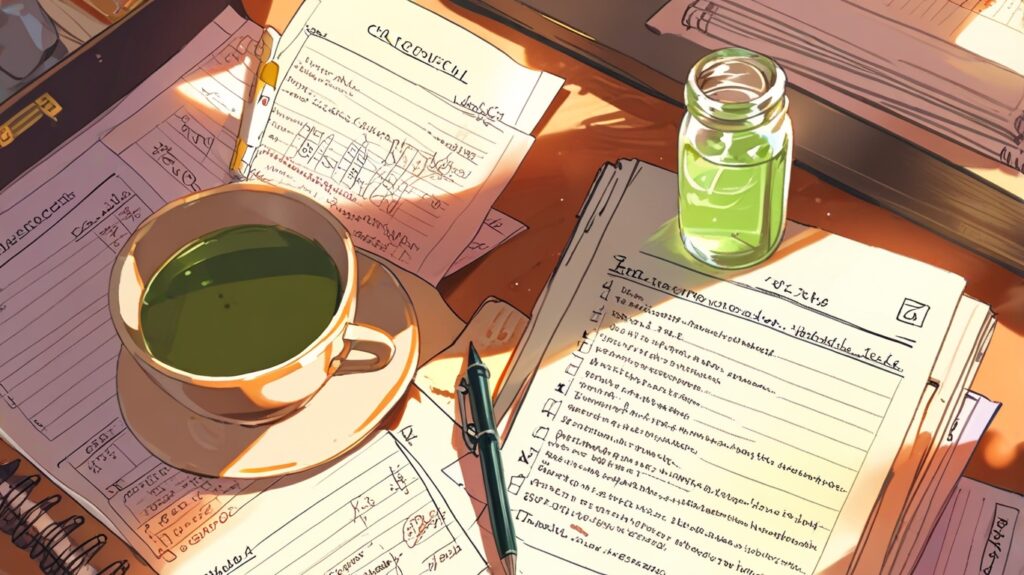
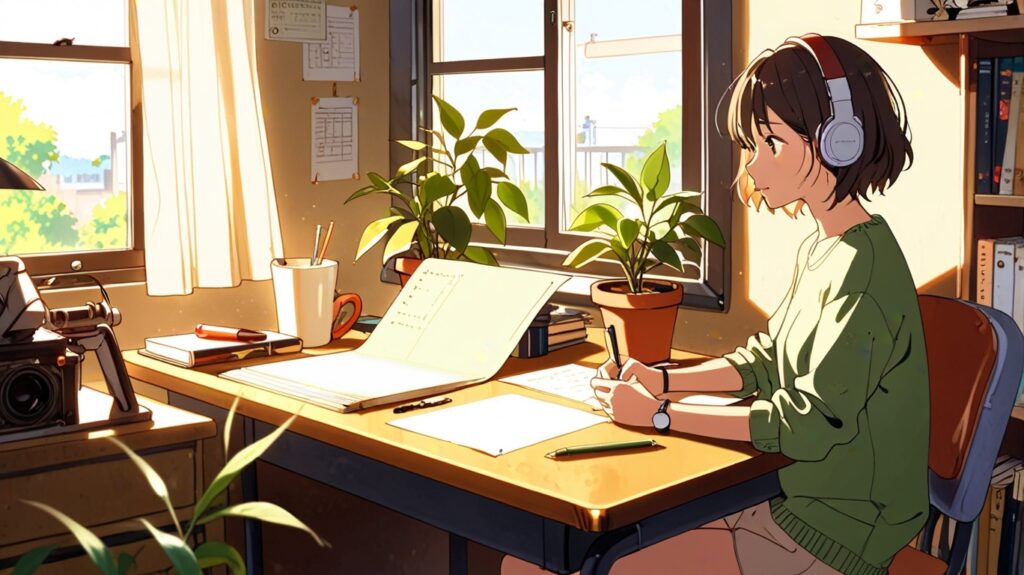
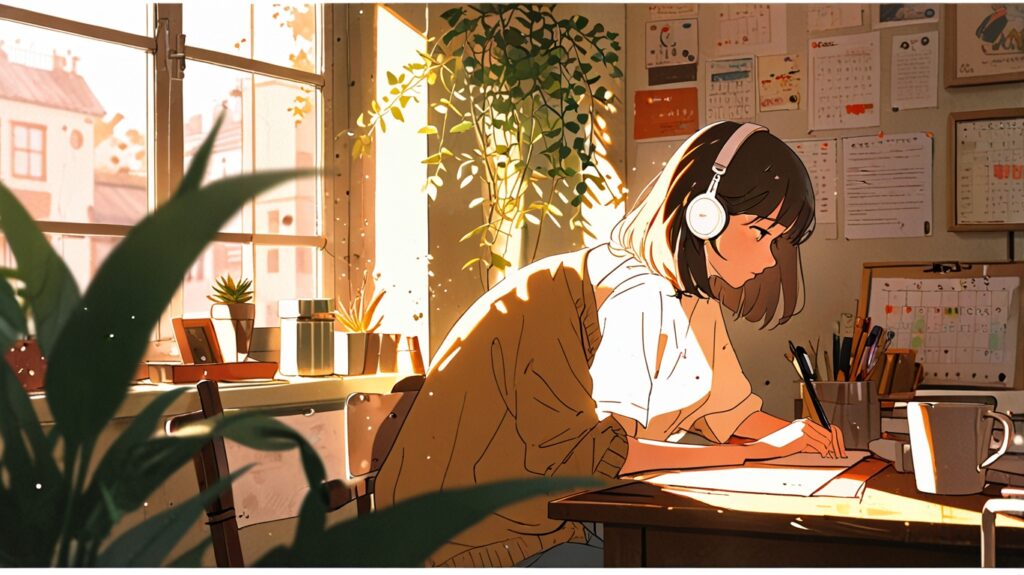
4. 🎓 It Would Respect Individuality
No two students are the same. So why do we force them all to learn the same things, at the same pace, in the same way?
If students designed their own curriculum:
- The artist could study visual storytelling and animation.
- The future entrepreneur could dive into marketing and negotiation.
- The quiet kid who loves nature could explore ecology through field research.
This isn’t chaos. It’s customization. And it’s how real learning works outside of school.
😬 But Wait—Wouldn’t It Be a Mess?
Okay, yes. Let’s talk about the chaos for a second.
There would be challenges. Big ones.
1. 📚 What About the Basics?
Would kids just skip math? Would no one ever learn to write an essay again?
Probably not. But you’d need to set foundations—like a “core skills” menu students must choose from:
- Communication
- Numeracy
- Critical thinking
- Collaboration
- Ethics
These aren’t subjects. They’re life tools.
Let students pick how they learn them, not whether they learn them.
2. 🧭 Some Students Would Feel Lost
Not every student knows what they’re passionate about. Some would say, “I have no idea what I want to learn.”
That’s okay. That’s expected.
Give them guidance. Help them explore. Let them test things out like a buffet:
Try a week of coding, a month of storytelling, a day of engineering…
The goal isn’t to lock in a future career. It’s to build curiosity and confidence.
3. 📏 How Would You Grade It?
What does an “A” look like when the project is “Create a podcast about racism in schools”? Or “Build a robot that delivers snacks”?
Grading would have to shift to mastery and growth, not just letters:
- Did you solve a problem?
- Did you show your thinking?
- Did you take feedback and improve?
- Did you push yourself?
This kind of feedback doesn’t fit neatly into a spreadsheet. But it’s the kind that actually helps students grow.
👩🏫 What Would Teachers Do?
They wouldn’t disappear. They’d evolve into:
- Mentors who guide learning
- Coaches who challenge students
- Collaborators who explore with them
- Curators who help connect students to resources and opportunities
Honestly? It might make teaching more human. And more fun.
🌱 What Could This Actually Look Like?
Let’s say students get to design 50% of their learning plan.
Here’s a possible week:
| Day | Morning | Afternoon |
|---|---|---|
| Mon | Core math + group project on budgeting | Student-designed project: “Design a school garden” |
| Tue | Research + writing workshop | Guest speaker on mental health |
| Wed | Science lab: climate experiments | Student-led TED-style talks |
| Thu | Outdoor learning: mapping your city | Study jam / peer reviews |
| Fri | Work on final product + journaling | Showcase: presentations to community or parents |
Does that sound chaotic? A little.
Does it sound meaningful? Absolutely.
🧠 Final Thoughts
What if students designed their own curriculum?
It would be messy. It would be noisy. It would take work.
But it would also be real, relevant, and powerful.
Students would:
- Learn more deeply
- Care more genuinely
- Create things that matter
- Discover who they are through what they build
And isn’t that what school should be?
Letting students design their own learning doesn’t mean giving up structure.
It means giving them space to think, explore, and grow into their future—not just memorize facts about the past.
It means turning school into something that’s not just preparing kids for life…
It is life.
Related Articles from EdgyThoughts.com:
What Are the Benefits of Studying Abroad?
https://edgythoughts.com/what-are-the-benefits-of-studying-abroad/
What Are SMART Goals for Students?
https://edgythoughts.com/what-are-smart-goals-for-students/
External Resource:
Explore more about learner-centered education:
Student-centered learning – Wikipedia
https://en.wikipedia.org/wiki/Student-centered_learning
What If Time Works Differently in Deep Space 2025
https://edgythoughts.com/what-if-time-works-differently-in-deep-space-2025/
How to study smarter, not harder?
https://edgythoughts.com/how-to-study-smarter-not-harder/
